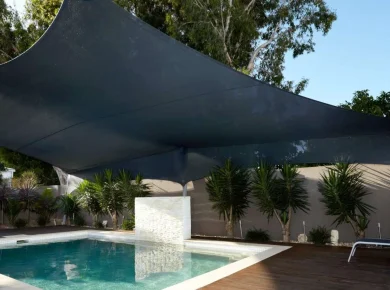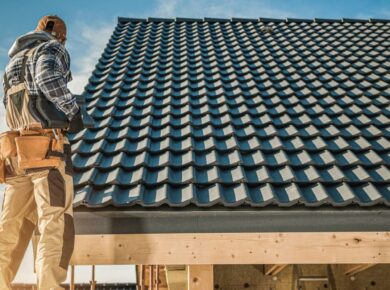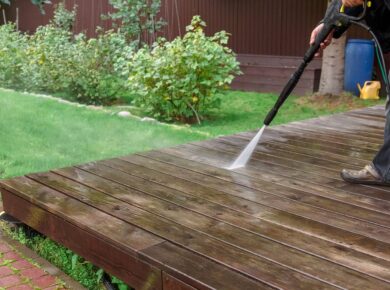Having a swimming pool in the yard is great. It’s a privilege that few people in the world are able to enjoy and something that we often take for granted. Don’t worry, this post isn’t intended to make you feel bad about the fact – it’s easy for the novelty to wear off. That said, in doing so, we often let our pools fall into disrepair. Then, just as an unwashed stack of dishes continues to grow, the problem becomes that much more of an effort to resolve and we avoid it entirely. It’s time to wash those dishes!
So, how often should a pool be re-plastered? Is resurfacing a pool the same as re-plastering it? And finally, can you resurface your swimming pool by yourself?
In this article, we’ll answer these questions and more, so that you can better take care of your pool and keep it in a working condition for longer.
Let’s dive in!
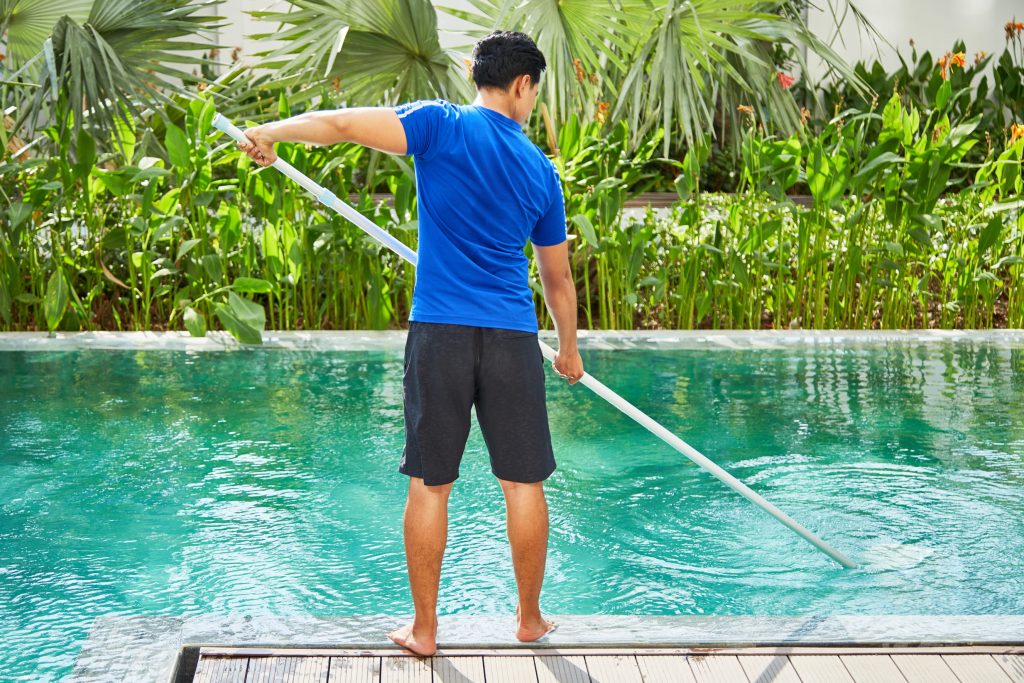
How often should a pool be re-plastered?
So, how often should a pool be re-plastered? As a rule of thumb, you can expect to re-plaster your swimming pool every 10-years. That being said, there are a number of different factors to consider (which we will cover shortly).
And of course, when you do decide that your pool needs to be re-plastered then you have to find the ideal contractor for the job. You see, a poor plaster job isn’t going to last the full 10-years and if you skimp now on having your pool re-plastered then there’s a good chance that you’ll need to go through the whole process all over again much sooner than you think.
How can I tell if my pool needs to be re-plastered?
How can you tell if your pool needs to be re-plastered? Here are some tell-tell signs that it’s time for a fresh application:
- Mineral stains: Over a certain period of time, some of the minerals in the water (e.g., copper and iron) may begin to stain and ruin the plaster and overall aesthetic of your swimming pool. This is a pretty good sign that it’s time to have your swimming pool re-plastered. Yes, you can try to locate the source of the stains and clean / paint over them, but typically, these are only short-term fixes and are rarely worth the effort.
- Gunite showing: If your pool was originally constructed with a concrete-like substance such as gunite or shotcrete, you may start to notice it appear under the surface. If you see patches of darker material in your plaster job, then it’s a fairly obvious sign that it’s time for a new coat of plaster.
- Cracking and/or blistering: Another very obvious sign is when the plaster begins to crack and blister. These signs are easy to spot and difficult to fix without having the swimming pool re-plastered altogether. Again, you can attempt to patch them up, but these short-term fixes are often more effort than they are worth.
- Uncomfortable swimming experience: When you are swimming in your pool, if you keep getting scratched when interacting with the pool surface, or when climbing out of the pool, then it may be time to have it re-surfaced. The last thing you need is jagged plaster catching on your skin and/or swimsuit.
Is resurfacing a pool the same as re-plastering?
Is resurfacing a pool the same as re-plastering? This really depends. You can re-plaster a pool and technically it could be seen as resurfacing it. However, if you are resurfacing the pool with tile, cement, quartz, or pebble, then it isn’t re-plastering at all.
It’s semantics and both are not to be confused – as resurfacing a pool can mean a number of different things, depending on the type of finish that you desire.
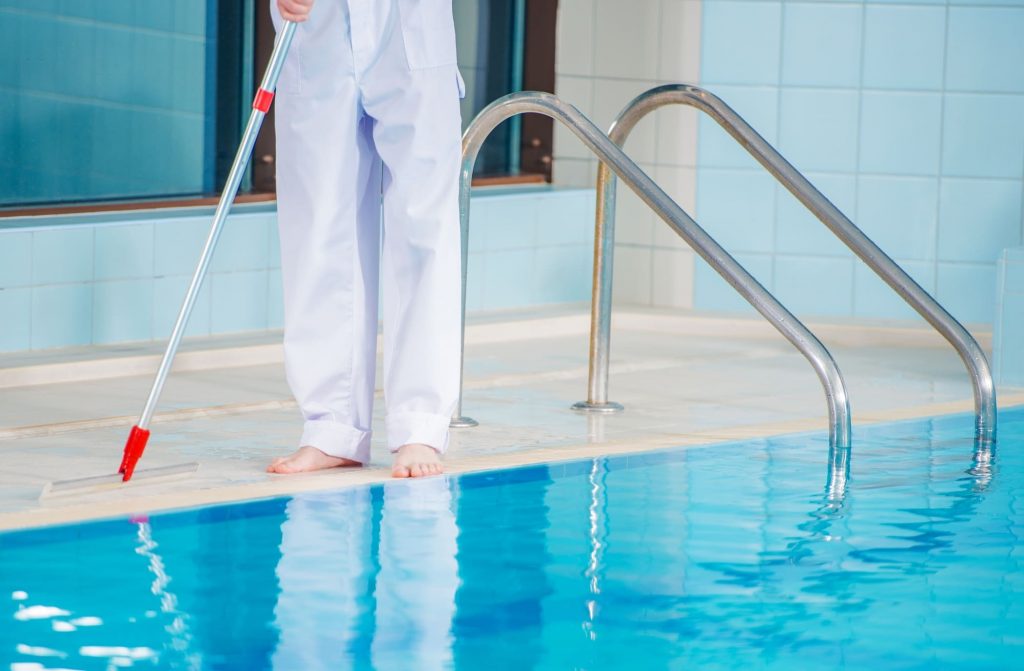
Can I resurface my pool myself?
Can you resurface your pool yourself? The short is the answer is yes. Technically, you can do whatever you like with your property. However, bear in mind that unless you are fairly handy and have experience with plastering and resurfacing, then doing so to your pool is going to be tricky.
Re-plastering your pool is technically the easiest type of resurfacing that you can attempt by yourself. However, as mentioned earlier, if done poorly, you’ll need to start all over again.
It may be tempting to try and resurface your pool in order to save some money, but ultimately, for the very best results, hiring the experts such as West Coast Pool Resurfacing is the most affordable option.
The fact is, learning to install, service, and repair swimming pools requires a great deal of training. Attempting to do so by yourself without the necessary experience is a risk. One wrong move and you’ll be left with a costly error that will invariably need fixing by the professionals anyway.
Conclusion
Here’s a brief summary of what we’ve learned in this article:
- A pool needs re-plastering at least once every 10-years
- Tell-tale signs of a pool needing re-plastering include: mineral stains, exposed gunite, cracking and blistering, and a scratchy surface
- Resurfacing and re-plastering are technically different, depending on what material you are “resurfacing” your pool with
- And you can successfully resurface a swimming pool by yourself but the process is lengthy and requires the correct equipment and experience to pull off properly
We hope that this article has been helpful to you. Get that swimming pool back in working order and you’ll be able to enjoy using it regularly once more!




